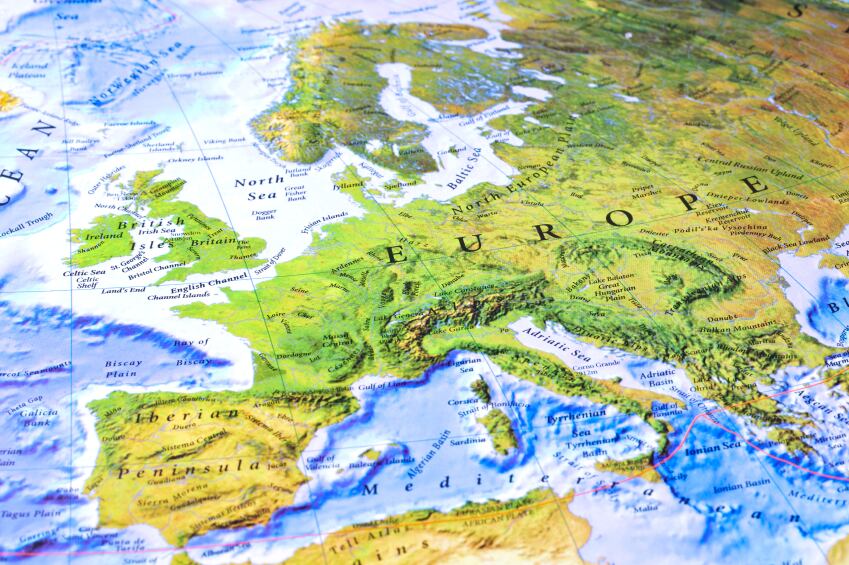Under current organic regulation, processed products can be labelled organic (but not 100% organic) if at least 95% of their ingredients of agricultural origin are organic.
This issue hit the radar of consumer group FoodWatch recently when it found the French brand Vrai had legally used a non-organic aroma (flavouring) in one of its organic yoghurts, something the company said was due to poor supply and quality of organic red-fruit flavours.
The European arm of IFOAM told us legislative change was needed to improve this situation. “We believe it is necessary to move towards 100% organic ingredients, while taking into account the gaps in the market where certain ingredients are not available in sufficient quality and/or quantity in organic,” IFOAM wrote in a letter to the European Commission’s DG Agriculture and Rural Development back in 2013.
Whilst the organic food and farming group said it was still working on the exact details of its regulatory suggestion, it said two key areas of EU law clearly needed revision.
Double trouble

Firstly, organic regulation must include a requirement that organic ingredients are used when adequate quantity and quality is available. A similar requirement already exists for rosemary extract meaning it is now considered within the 95% mandatory organic ingredients. IFOAM said this was a “successful precedent” that could be extended to other ingredients.
Yet its EU regulation manager Emanuele Busacca told us the organisation was aware that ‘sufficient quality’ could mean different things to different companies and authorities and therefore would be hard to pin down in regulation.
Secondly, it said there was currently a "double system” with a European-level list as well as national lists of ingredients not available in organic and therefore allowed to be replaced by non-organic versions. Busacca said the European list of around 30 ingredients not available in organic had in reality remained unchanged for the last decade, and as a result no longer reflected the true market availability of some ingredients. In its previous letter to the Commission, it claimed this number could be halved.
These lists should be replaced by one harmonised system adaptable to the changing supply challenges facing organic manufacturers, something which could vary on a yearly basis, he said.
Reactive and transparent
“This review should aim to establish a new more market-driven and flexible system that can be updated according to the actual market situation to limit the use of non-organic ingredients of agricultural origin in organic food to the bare minimum,” IFOAM said.
Busacca said this would mean a more transparent and reactive system, yet conceded this would be difficult due to a general lack of data on the availability of each ingredient.
However, this would not mean working towards a 100% organic product, since the organic regulation only covers agricultural ingredients, and certain additives are not of agricultural origin. Instead he said IFOAM was pushing for a step-by-step increase of the 95% limit, with each ingredient being considered individually.
The EU Council and Parliament are currently working on a proposal for new organic regulation.
The European organic food and drink market was worth $16.7bn (€14.8bn) in retail sales in 2014, according to Euromonitor data. While the market analyst firm recorded a worldwide consumption of 1.19bn tonnes of all food and beverage flavours in 2013, up from 1.09bn tonnes in 2008.
